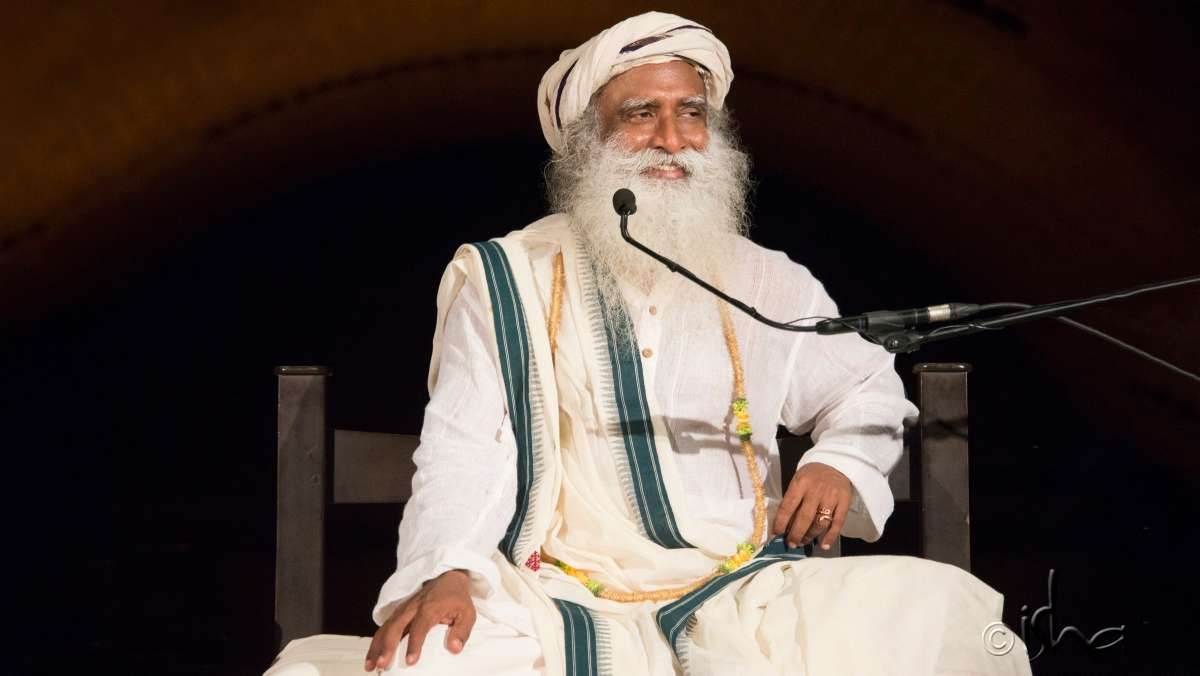Setting a Baseline
In this week’s Spot, Sadhguru reminds us that we are nearing the end of the kaivalya pada, and explains how to reap the benefits of this time. “If you have acquired any wisdom in the last six months, you must harvest this. It is like consolidating, so that there is no backward movement…We have set a base; you do not have to go on reinventing the wheel.” Enjoy!

I n the yogic culture, this half of the year is referred to as the kaivalya pada, which means “time to harvest.” From the summer solstice, which is the twenty-first of June, until the winter solstice, which is the twenty-second of December, it is called sadhana pada, “time to work.” Suppose you have a mango tree, every year you harvest at this time. Similarly, a sadhaka has to harvest what he has worked for. In terms of your understanding, if you have acquired any wisdom in the last six months, you must harvest this. It is like consolidating, so that there is no backward movement. When we again start working, we are working from there onwards. We have set a base; you do not have to go on reinventing the wheel.
Recently, a couple who has been married for thirty years came up to me, they still do not know if they did the right thing. These questions keep coming. If your life span was one thousand years, you could experiment for thirty years and see if it was the right thing or not. But an active life span may be seventy or eighty years. Maybe you will linger on for some more time, but what matters is only that much. When that is the life span, thirty years of experiment is not right. Kala, or time, is one half of your life. The other half of your life is energy. Energy you can conserve, but time is slipping away.
Subscribe
Just a little over two weeks is left before the solstice shifts*. This is the time for all of you to establish, “Okay, where I was a year ago? Where am I today? What steps have I taken? In terms of my understanding, my wisdom with life and my energy, I will not go below this. From now on, this is the baseline for me, not where I was a year ago.”
In the eternal space, there are no segments of any kind, but in your mind there are. You are still not working with eternity; you are working with your body and mind. And for both of them, you have to put some lines to understand where you are going, otherwise you do not know whether you are going forward or backward. This does not mean preserving yourself. You cannot preserve yourself. The dead can be preserved, life cannot be preserved, it has to be expended as intensely as possible. If you try to save life, you will save yourself from life. The only way is to expend it as intensely as possible, so that it flares in an exuberant way. Preservation is for the dead.
At a certain phase of his life, Shankaran Pillai was a chronic drunk. But being a generous man, he contributed all of his organs for scientific use, yet he still kept drinking throughout the day. Someone asked, “Why don’t you give the drinking a break?” He said, “No, no, I have a sacred duty. I have contributed all my organs to science, so I am keeping them well-preserved, soaked in alcohol!”
The instinct of self-preservation is constantly seeing how to save oneself. You cannot save this. The only thing is to go gloriously, like a real flare, not like a wimp. Those who try to preserve will become dead when they are alive, and of course, when death comes close they aspire to live. So, kaivalya pada means you had worked at sadhana for six months, and now sadhana is about flaring up. The next two weeks are left for you to consolidate, to set a bar below which you will not go. Not by resolution, but again by sadhana. Saying, “I will not go down!” is not going to help, but if you put enough hydrogen in the balloon, it will not come down. You don’t have to take a resolution, there is no such thing. If you put enough gas in it, it will float. The same thing is true with oneself. If you pump up enough energy into this (referring to oneself), this will not come down. Do what you want, it will not come down.
*The summer solstice is June 21, 2015.



